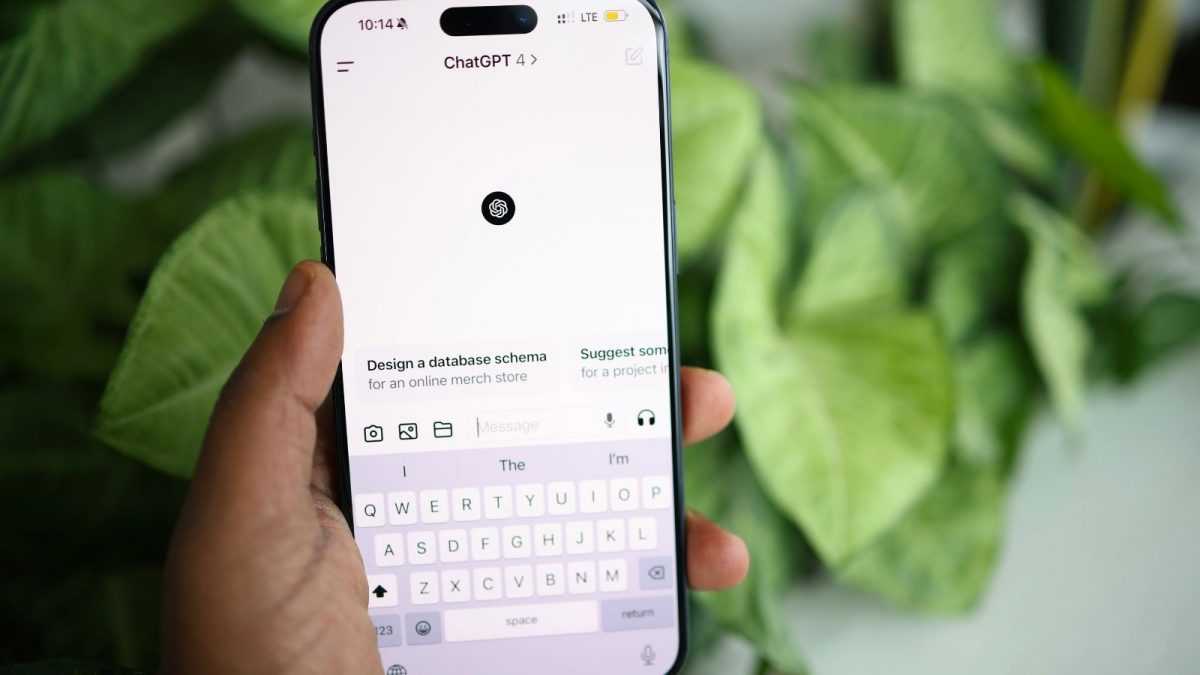
Sony FX2 Review: Hybrid Cinema Camera With Pro Photo Power and Flaws
It’s been over four years since Sony dropped the FX3, a small but powerful cinema camera that found its place with solo shooters, YouTubers, and indie filmmakers. So when I heard Sony was releasing a follow-up, I expected a simple refresh of that model. But the new Sony FX2 is something else entirely. It takes the FX series in a whole new direction — one that blends high-end video with serious photography capabilities.
Let’s break it down.
Not Just Another Cinema Camera
The FX2 is a full-frame cinema camera, but it doesn’t look like your typical FX model. It comes with a 33-megapixel BSI sensor, the same one found in the Sony a7 IV and a7C II. That means it can shoot some really sharp stills and also oversampled 4K video up to 30p. This is a camera that tries to do both photography and video at a high level.
But that sensor comes with a downside. It’s not fast. If you’re planning to shoot a lot of handheld motion or fast-moving subjects, the rolling shutter effect is hard to ignore. There’s a lot of “jello” in the footage, especially in the oversampled 4K modes. And if you want to shoot 4K at 60fps, you’ll have to deal with an APS-C crop.
Why Add a Mechanical Shutter?
When the FX30 came out without a mechanical shutter, I assumed Sony was moving away from them entirely. But with the FX2, Sony brought it back. It features an electronic first curtain mechanical shutter, which helps eliminate rolling shutter artifacts in still photos.
This feels like a nod to photographers, especially those working on set who need to take high-quality stills silently and quickly. And Sony made it even more useful by allowing JPEGs to be shot in S-Log3, making it easier to match color between video and photos.
Still, the silent electronic shutter mode is not ideal. There’s just too much rolling shutter in fast-moving situations. So, for anyone serious about photography, using the mechanical shutter is probably the better choice.
Flexible But Not Perfect Media Options
The FX2 comes with dual card slots. One slot supports CFexpress Type A and SD cards, while the other is SD-only. Most of the recording formats are SD card–friendly, which is great for those on a budget. But if you plan to shoot in All-I modes, you’ll need the faster and more expensive CFexpress cards.
As for RAW video, it’s limited. You can only get 4.7K RAW from the cropped APS-C region using an external recorder. So if RAW is important to you, the FX2 might not be your best bet.
Battery life is handled by the same FZ-100 battery that Sony uses in many of its Alpha bodies. It’ll give you about an hour of recording time per charge.
The EVF Is the Real Star Here
One of the biggest design changes on the FX2 is the inclusion of an electronic viewfinder. And not just any EVF — this one tilts. It’s super handy for shooting at awkward angles or in bright daylight. The eyecup is comfortable and the view is clear, even though it’s only a 3.69-million dot display.
The only problem is that accessories like microphones or external monitors can block the EVF’s articulation. That can get annoying if you rely on hot shoe gear.
LCD? Not So Impressive
While the EVF is a big win, the LCD screen on the back is just okay. It’s fully articulating, which helps, but it only has 1.03 million dots of resolution. That makes it hard to check focus unless you zoom in.
During my time with the FX2, I often found myself using the EVF instead of the screen just to double-check shots.
Grip and Handling Are Strong Points
The FX2 has a deeper grip than previous models, and that makes a big difference. Even with larger lenses, my fingers didn’t feel cramped. The body still feels light and portable at around 24 ounces, which is great for handheld or gimbal use.
But I did have one big issue: the port covers. They’re flimsy and fiddly. One time, while shooting in the rain, I noticed the HDMI cover had popped open. Thankfully, no damage was done. But the mic and headphone jacks are always exposed, so you’ll want to be extra careful in bad weather.
Autofocus and Stabilization: Huge Improvements
Where the FX2 really shines is in autofocus. It has a dedicated AI processor for tracking subjects, and it shows. I used it to shoot kids, animals, and fast action, and it nailed focus nearly every time. This applies to both stills and video.
The in-body stabilization is also better than what you’ll find in the a7 IV. For basic handheld shots, the sensor-shift IBIS does a decent job. But if you’re walking or moving a lot, you’ll want to turn on “Active Steadyshot” or “Dynamic Active Steadyshot.” Be warned, though — Dynamic mode applies a huge crop to the frame.
A More Professional Interface for Video Shooters
Sony added a lot of small but important interface upgrades aimed at filmmakers. The FX2 includes:
- Shutter angle control (so you don’t have to adjust shutter speed every time you change frame rate)
- Anamorphic de-squeeze display (limited to 1.33x and 2x ratios)
- The “Big 6” settings view (inspired by pro cinema cameras like Arri and Panasonic)
All of these tools make shooting video faster and more intuitive.
FX2 vs a7 IV vs FX3: What Makes the Most Sense?
At first glance, you might wonder why the FX2 exists when the a7 IV and FX3 already cover so much ground.
If you’re already using the a7 IV, the FX2 brings some real benefits. It has better video features, improved autofocus, and a built-in fan for longer recording sessions without overheating. The FX2 is also a better choice for hybrid shooters who want serious photo capabilities and professional video tools.
Compared to the FX3, things get trickier. The FX3 has faster sensor readout speeds and can shoot full-width 4K at 60p and 120p in cropped mode. If you do a lot of high-speed or action video, the FX3 is still the better choice.
But the FX2 beats it in other ways. It has a higher resolution sensor, a tilting EVF, and more reliable autofocus. It’s also just easier to use for photography.
What About Other Brands?
The FX2 enters a crowded field. Nikon has the Z6 III, which also supports 4K 60p with no crop, internal RAW video, and a better shutter. Panasonic’s S1 II has better recording options overall, with more codecs and full sensor open gate modes.
Still, Sony wins when it comes to autofocus. If you need dependable tracking and real-time subject recognition, the FX2 is still ahead of the competition.
The FX2 Is a New Type of Hybrid Camera
I’ve used all the FX line cameras, and the FX2 might be my favorite to shoot with. It’s not perfect. That rolling shutter issue really does take some of the magic away. But for people who want a camera that works well for both high-end video and professional photos, the FX2 delivers.
Some will say this is just an Alpha camera in FX clothing. But for me, that’s the point. If Sony’s willing to blend the best of both worlds, then maybe the FX line is evolving in a very exciting way.
Popular Categories





